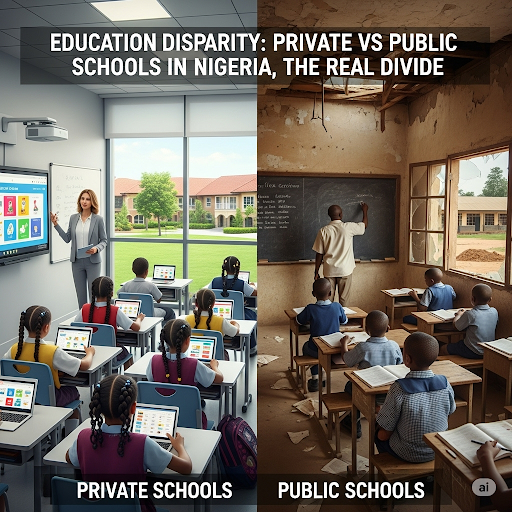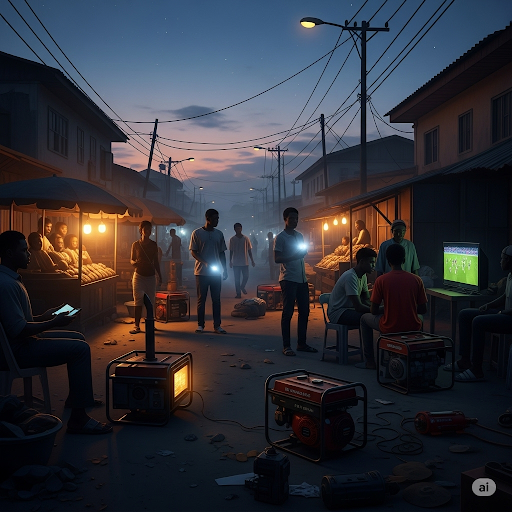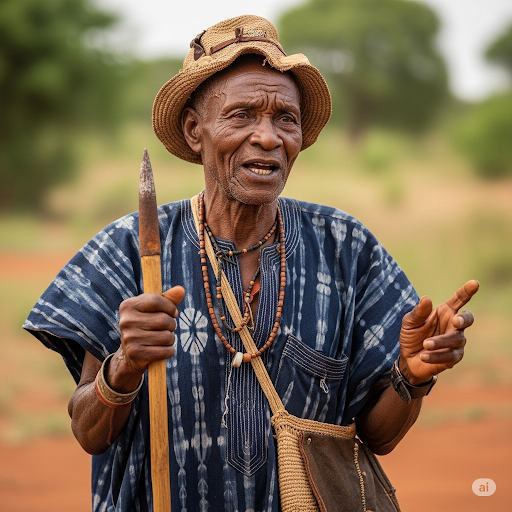In Nigeria today, the gap between private and public schools remains a glaring reality—one that is shaping the future of millions of children. This divide is not just about fees or facilities; it cuts deep into quality, opportunity, and hope.
Private schools are often seen as the golden ticket. Their well-equipped classrooms, smaller class sizes, and better-trained teachers paint a picture of excellence. Parents who can afford the fees see these schools as investments in their children’s future. And, indeed, many private schools deliver results: higher exam scores, better English skills, and more opportunities for further education abroad.
On the other hand, public schools, which educate the majority of Nigerian children, face a harsh struggle. Overcrowded classrooms, poorly paid and sometimes unmotivated teachers, and lack of basic resources like textbooks and clean facilities have become the norm. Many public schools operate in dilapidated buildings, with infrastructure that barely supports learning, especially outside major cities.
The consequences of this divide go beyond education itself. It creates two different Nigeria: one with access to quality education and brighter prospects, and another where dreams are dimmed by poor learning conditions. The divide risks entrenching inequality, as children from poorer families are less likely to break free from the cycle of poverty.
The government has made promises to improve public education. Yet, progress is slow and often fails to reach the grassroots. Corruption, poor management, and inadequate funding continue to stifle meaningful change.
This issue demands urgent attention. Education should not be a privilege for the few but a right for all. Bridging this gap means more than just building schools; it means investing in teachers, curriculum, and learning materials. It means giving public schools the tools to compete and thrive.
Private schools, too, have a role to play. Partnerships with public schools could help transfer knowledge, training, and resources. It is not about competition but collaboration, ensuring every Nigerian child has a fair chance.
In the end, Nigeria’s strength lies in the education of its youth. Until we close this gap, the country risks creating two futures — one bright, one bleak. It is time for leaders, communities, and individuals to come together and bridge the divide. Only then can we truly say that education is a bridge to opportunity, not a wall that divides us.



